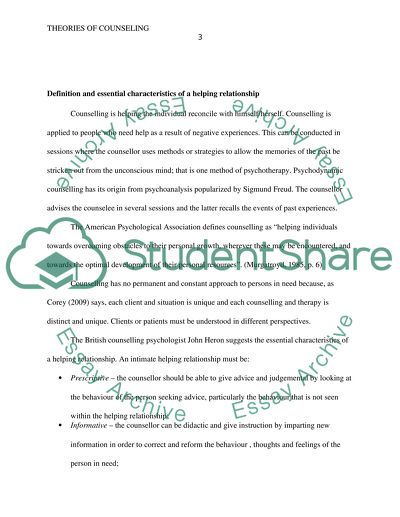Cite this document
(“Theories and concepts of counselling Coursework”, n.d.)
Retrieved from https://studentshare.org/psychology/1395176-theories-and-concepts-of-counselling
Retrieved from https://studentshare.org/psychology/1395176-theories-and-concepts-of-counselling
(Theories and Concepts of Counselling Coursework)
https://studentshare.org/psychology/1395176-theories-and-concepts-of-counselling.
https://studentshare.org/psychology/1395176-theories-and-concepts-of-counselling.
“Theories and Concepts of Counselling Coursework”, n.d. https://studentshare.org/psychology/1395176-theories-and-concepts-of-counselling.


